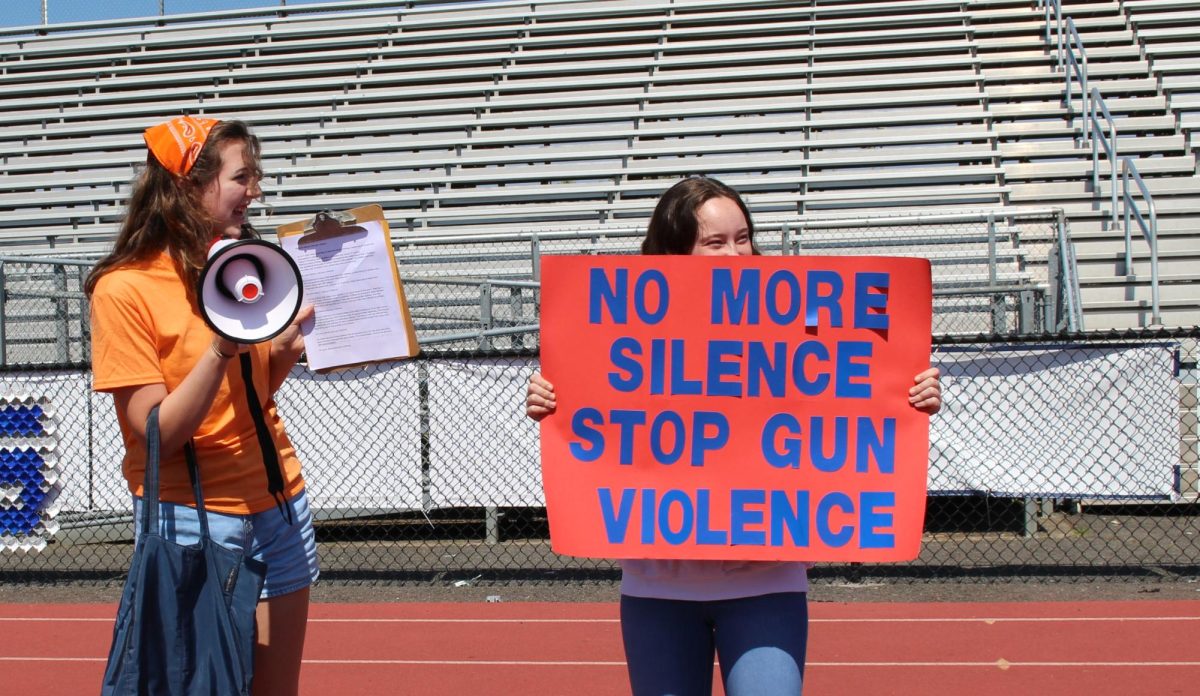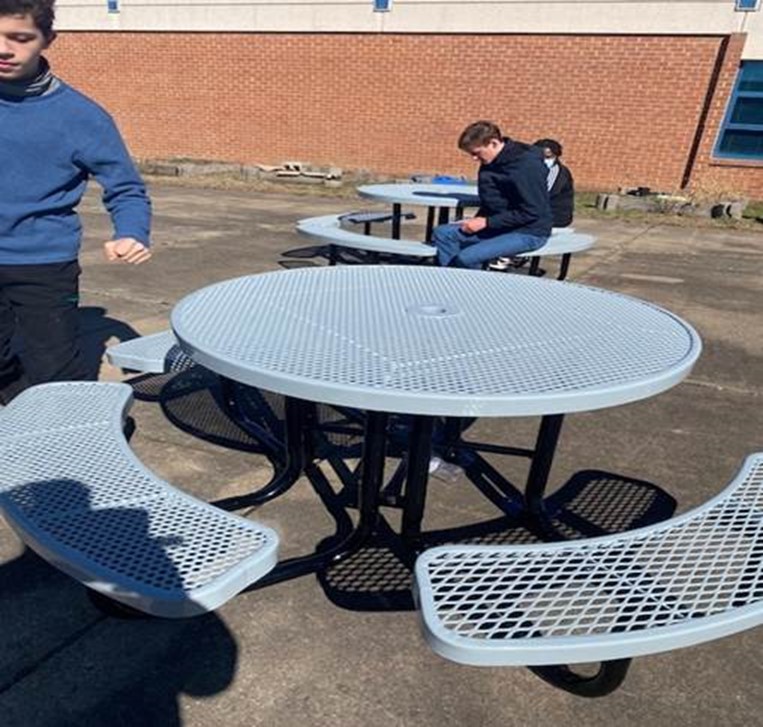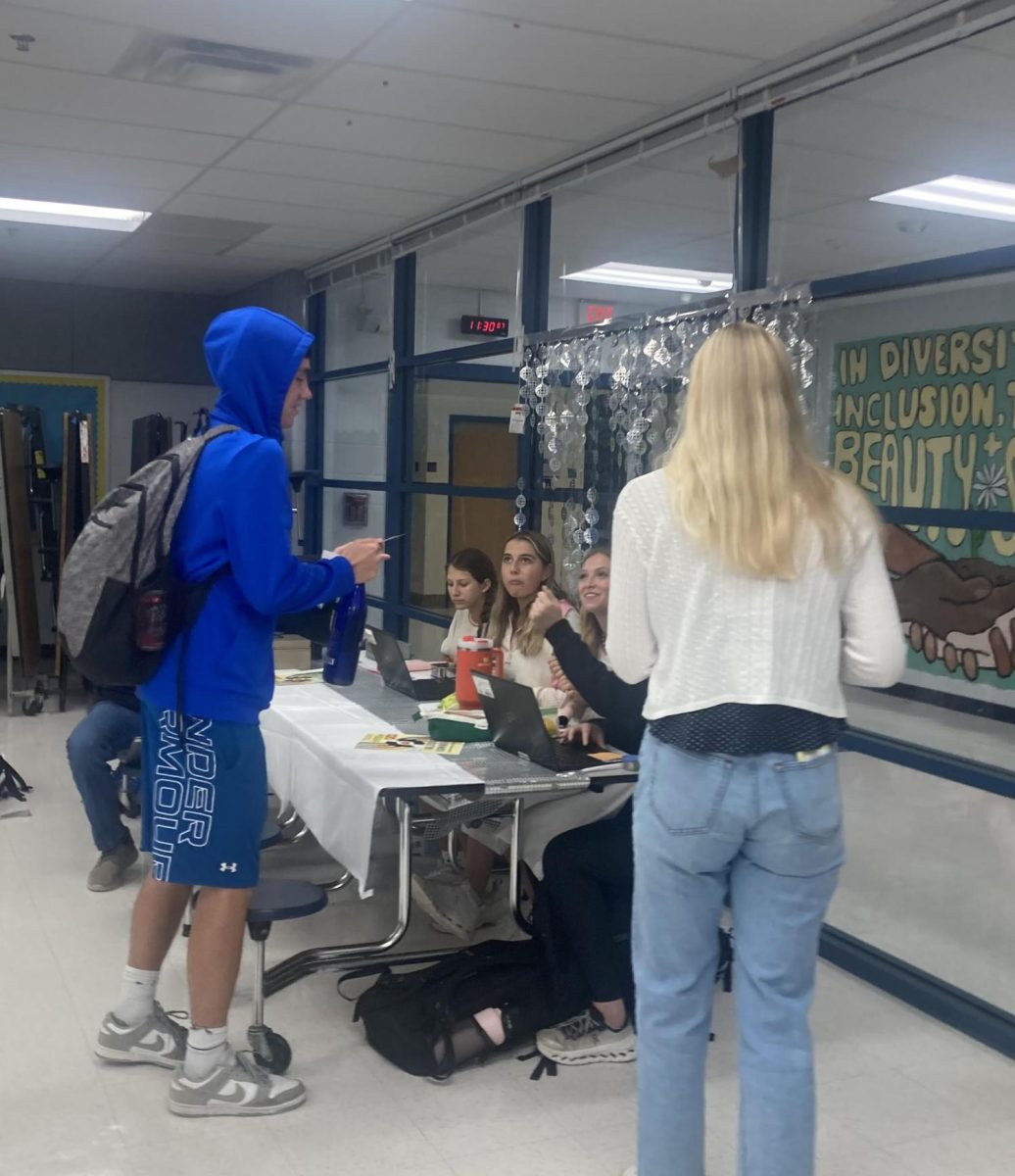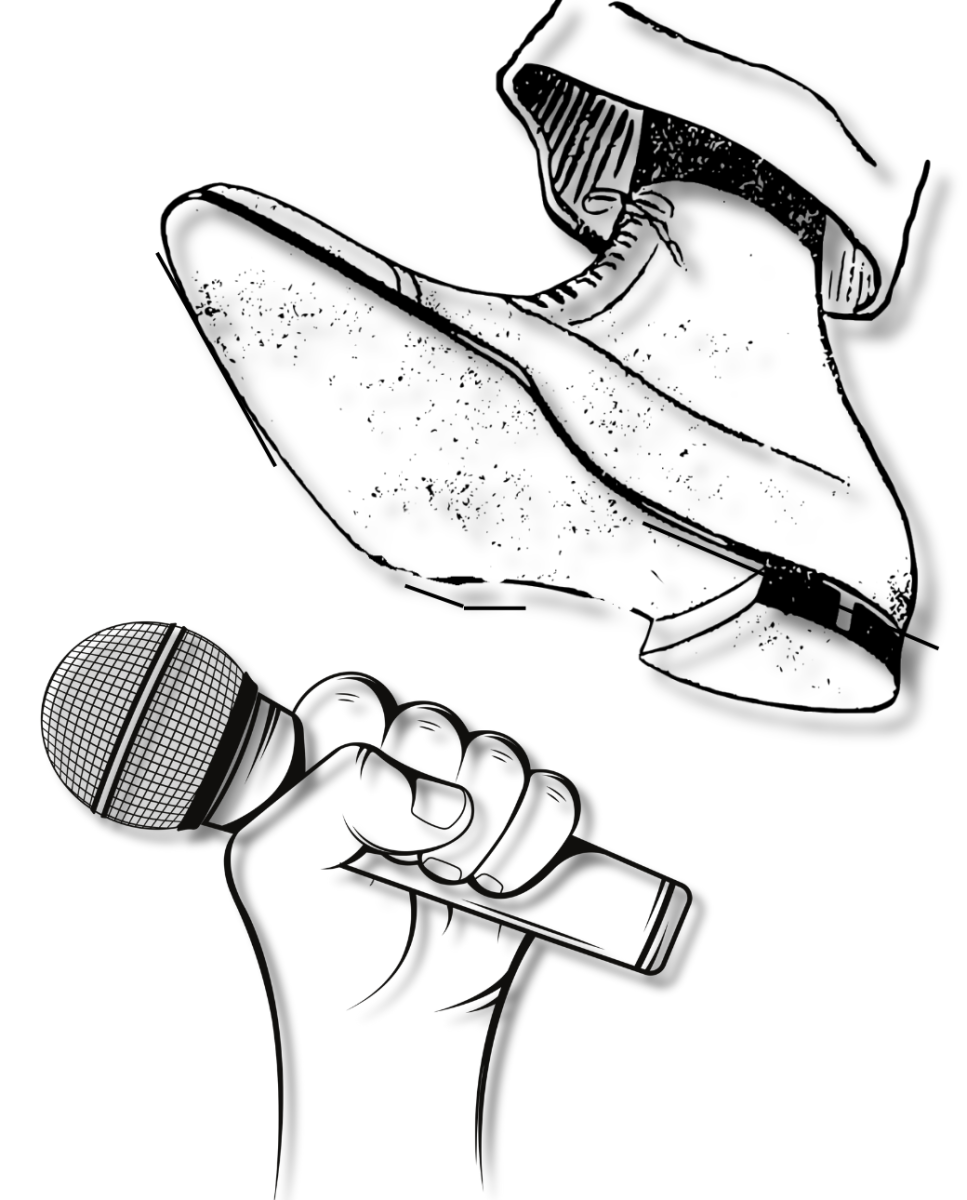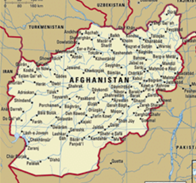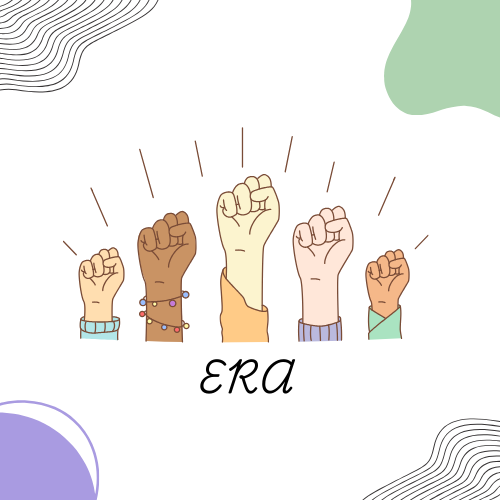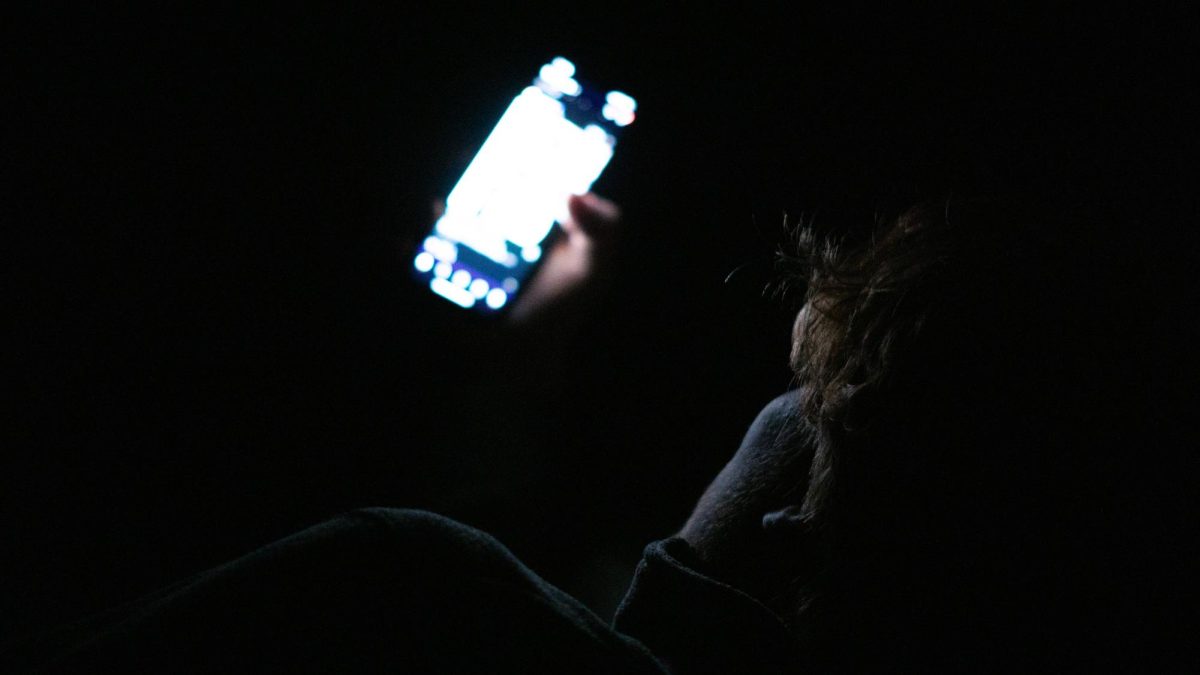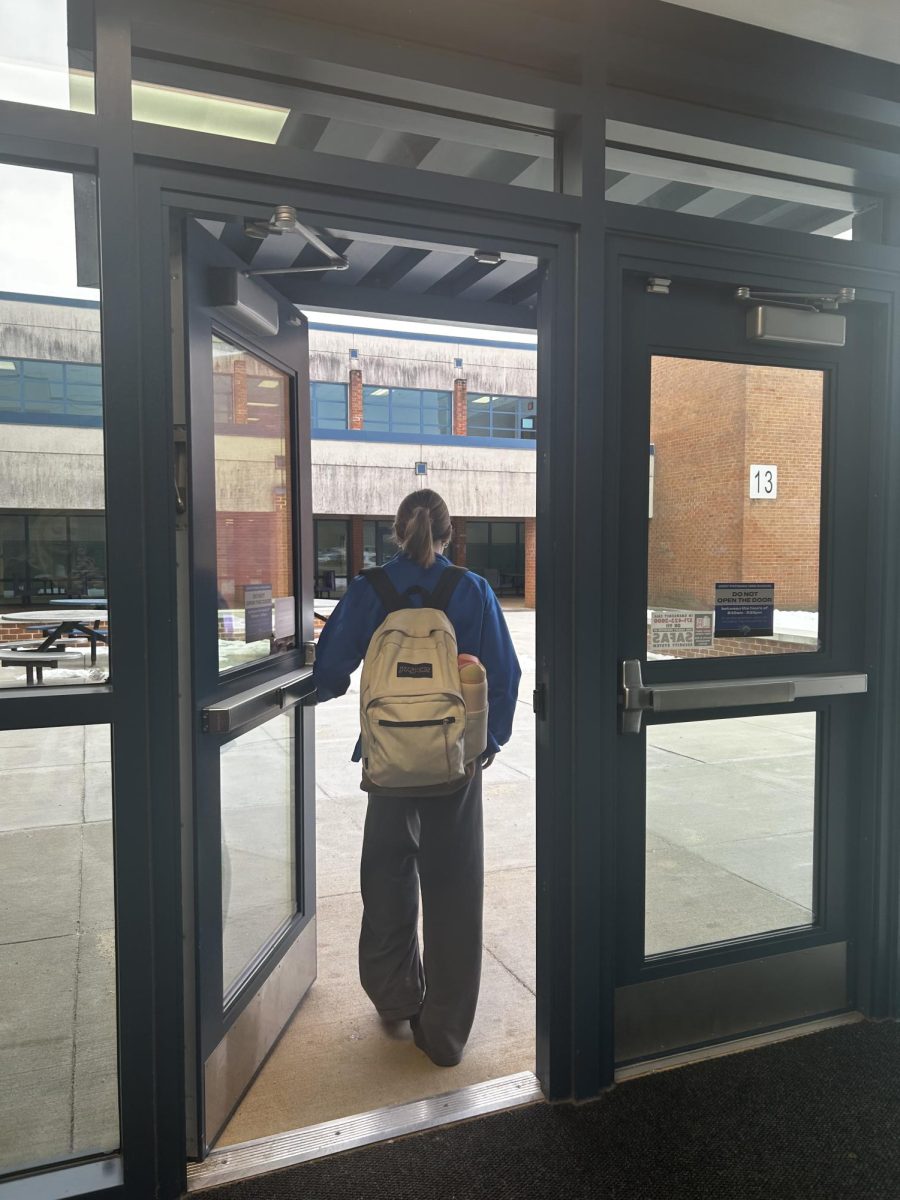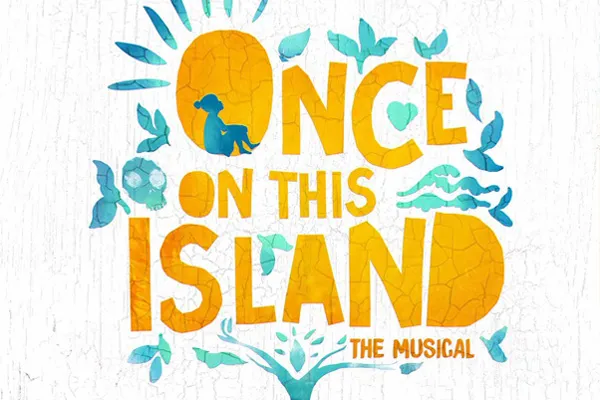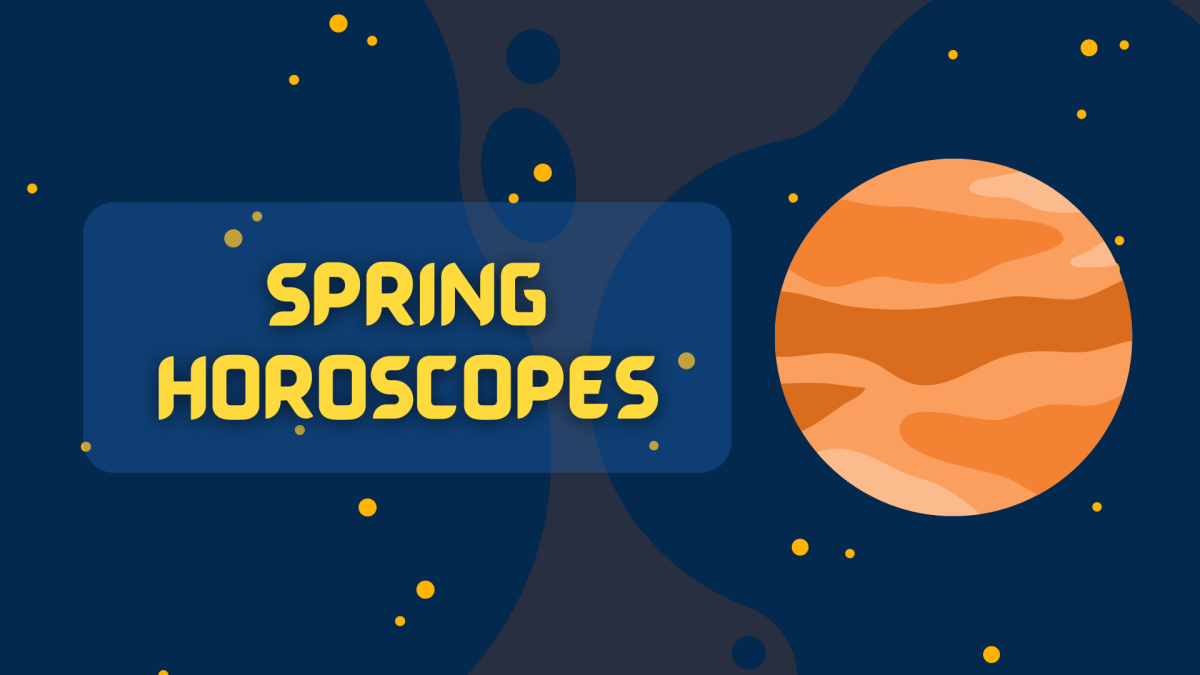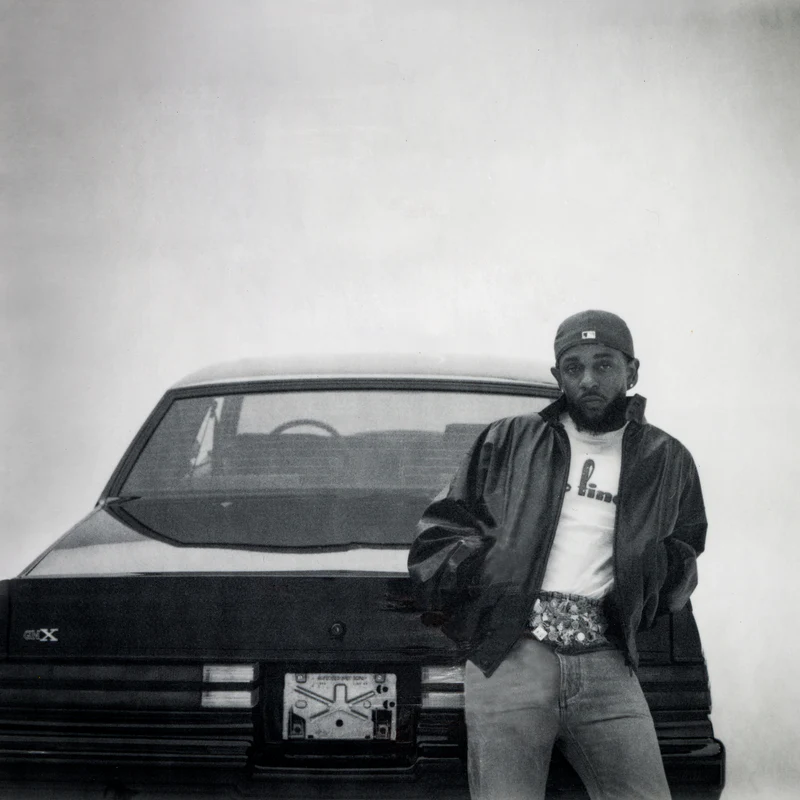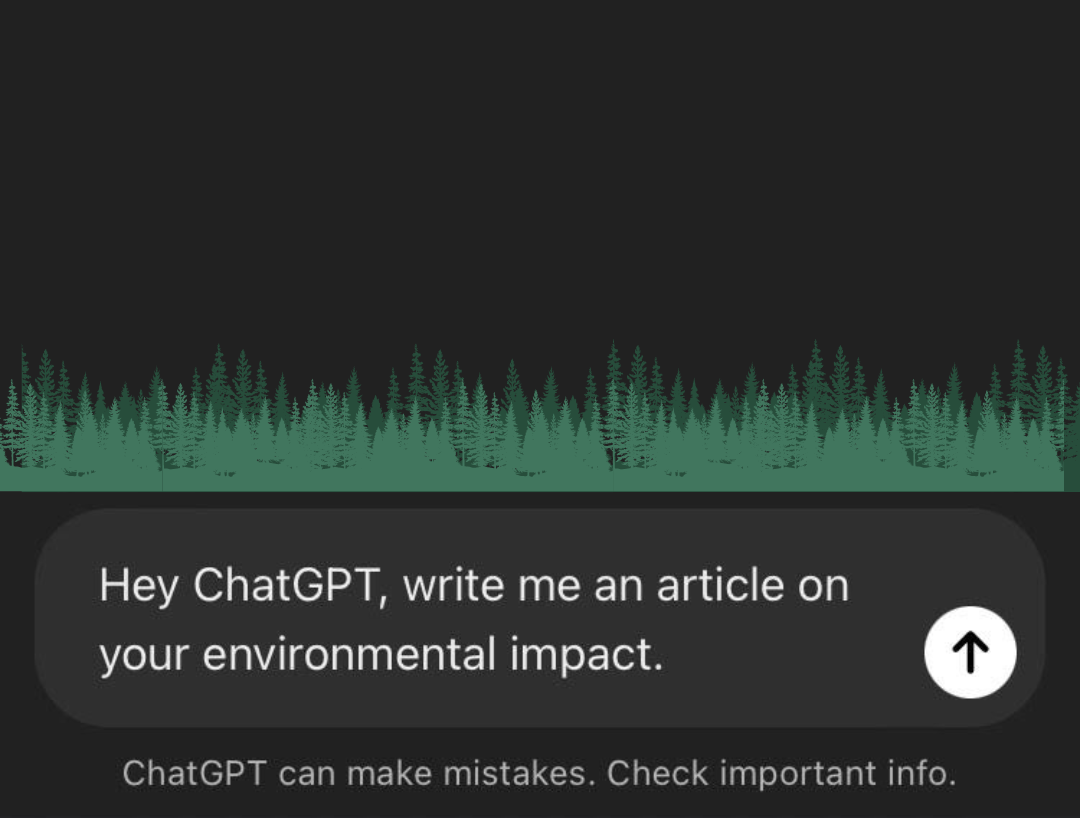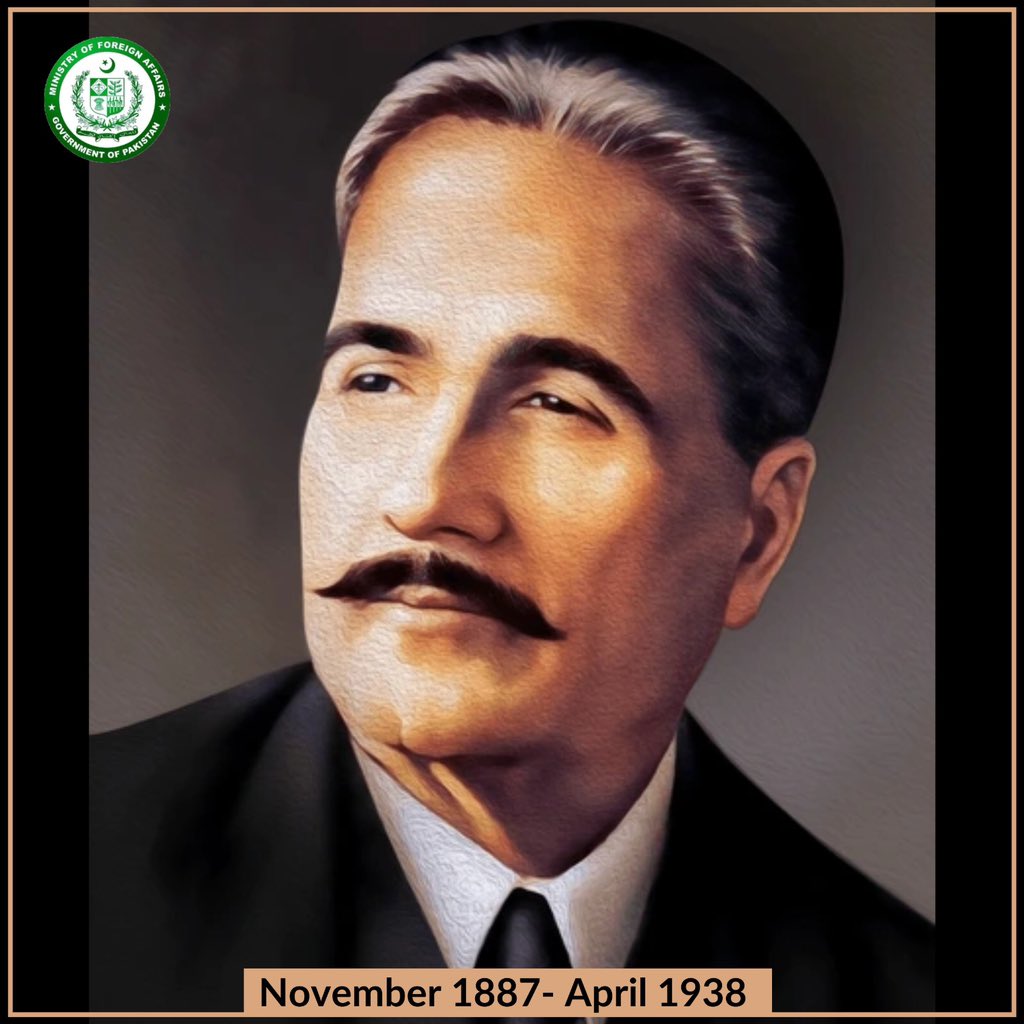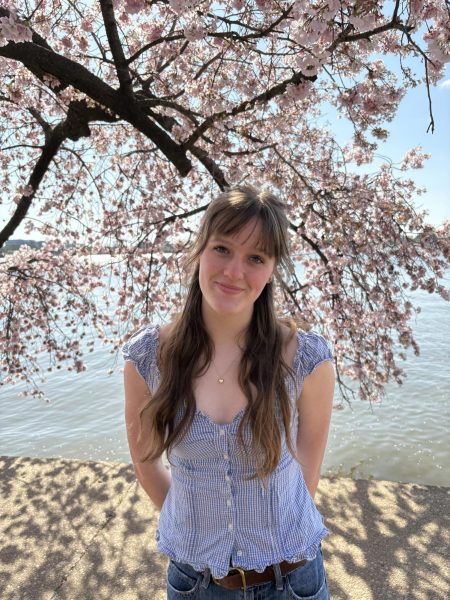Known for its role in pop culture, California is a state full of opportunities. It boasts Hollywood, The Walk of Fame, the Oscars, some of the best colleges of the nation, and Silicon Valley. However, California is also known for the devastating wildfires that have plagued the state for centuries.
In the years since 2015, these wildfires have intensified. According to the California Department of Forestry and Fire Protection (Cal Fire), the 4 most destructive wildfires in history have happened in recent years. The top two were in the years 2017 and 2018, and the other two fires are still burning in Los Angeles County. This dramatic increase in the intensity of wildfires has been the result of climate change. Climate change has accelerated in recent years from the massive carbon emissions produced by burning fossil fuels.
NBC says that when burned, greenhouse gasses get trapped in the atmosphere, contributing to not only rising temperatures, but also the atmosphere’s desire to absorb more moisture out of living organisms, like grass and other plants, which makes California’s climate extremely dry.
Because of its geographical location, California has always been windy. Although it’s unclear how the current wildfires began, the wind has played a big role in spreading the fires throughout the state and making them difficult to contain. The extreme Santa Ana wind event is a main factor in how widespread the fires have become. The highest the Santa Ana wind speeds have been were up to 100 mph, said BBC.
California has been in and out of droughts periodically since 1841. The lack of rain contributes to the dry climate and makes California more susceptible to wildfires. On top of these conditions, the increase in heat energy from the atmosphere causes water to evaporate faster, leaving California in a severe drought. This is also a result of weather whiplash, which is where weather shifts between heavy precipitation and droughts, claims OEHHA. Due to the effects of climate change, California has had two very rainy years, followed by a year filled with droughts. According to climate scientist Daniel Swain, the weather whiplash has intensified the California wildfires, as an increase of grass and buses from the rainfall, which is then followed by a drought, which dries out that vegetation, leaving them prone to flammability.
Currently in California, three fires are burning. Tracked by the San Francisco Chronicle, the Palisades fire, originating in Topanga state park, is only 14% contained. All three fires are now mostly contained, but the conditions are still ripe for more wildfires this season.
These wildfires have been catastrophic for California residents, forcing 180,000 people to evacuate their homes and leave behind their whole lives. Numerous people have lost their lives as a result of the fires. According to Cal Fire, as of today, more than 38,000 acres have been burned in total in the blazes and over 12,300 structures have been destroyed due to the wildfires.
Many current and former students of West Po have family or friends that have been directly affected by these wildfires.
Former West Potomac student and current Loyola Marymount University (LMU) freshman Sophie Papa lives in LA and is just 20 minutes away from the fire in Santa Monica. Although she herself has not been directly impacted, many people close to her have.
“I know several families that have been directly affected and so many people that had to evacuate. There are about 14 students who go to LMU whose homes have burnt down.”
Evacuation is a possibility for Papa, “People at LMU are sort of preparing to evacuate. The winds are supposed to get worse, so it will affect the fire spreading. The sky is perfectly blue and there’s no smoke, so everything feels perfectly normal, and knowing there are devastating fires nearby feels kind of dystopian.”
She added,“I think [the wild fires] are devastating and I feel so bad that this is happening to people. I think it’s so sad that people don’t believe climate change is real.”





